A Dirty Dozen of Dos and Don’ts For Your CSI Characters
Detective Pete Gitterdone had a spotless attendance record, never missing a day for sickness during his entire thirty-three years with the department. He was so proud of his achievement, in fact, that he refused to stay at home on this particular day, a time when his fever hovered at 102.
Coughing and sneezing fits forced him to spend the majority of the morning with his mouth and nose buried deep into a crumpled, crud-dampened, and extremely yucky handkerchief.
Gitterdone, feeling all achy and fatigued, was busy collecting suspected blood samples (brownish red stains for the official record) at a particularly brutal homicide scene, alternating between hacking and achooing, when his partner, Detective I. Lergictowork, told him he looked sickern’ a dog, like death warmed over, and asked if he needed a break.
Gitterdone promptly turned his head away from his partner and fired off a round of wet sneezes directly into the large paper bag of already-collected evidence. “No,” he said. “I’ll be okay. Besides, I’m almost done. Just a couple of prints to lift and I’m outta here.”
He tipped his head toward a desktop where a few sheets of yellow legal pad paper sat among a scattering of pencils, pens, and colored paperclips. “Looks like the suspect might’ve touched these papers,” he said. “How ’bout handing me a can of Ninhydrin. There’s one in my kit.”
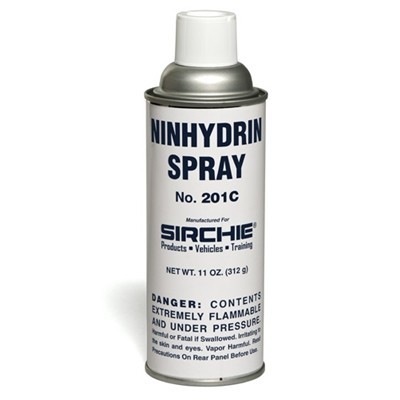
Ninhydrin reacts with amino acids to produce a purple reaction product called “Rhuemann’s Purple”. It is useful on porous surfaces—especially paper. ~ Sirchie
So, did you notice anything particularly wrong with Gitterdone’s method of evidence collection? If so, what?
After watching these two work, well, it might be a good idea to have both Gitterdone and Lergictowork read this list of Crime Scene Do Nots. It might help to have your protagonist take a peek as well.
Crime Scene DO NOT’S
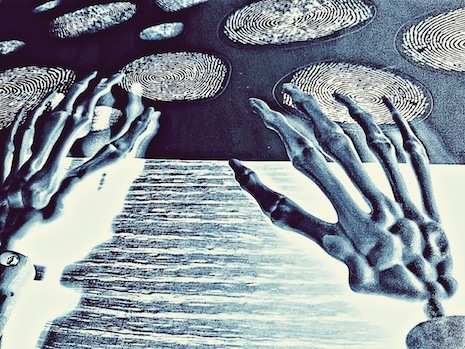
1. Do Not blow away excess fingerprint powder! Doing so adds your DNA to the surface.
2. Do Not use Styrofoam to package electronic devices (computer parts, etc.) because it can cause static charges. Instead, use foam padding or bubble-wrap.
3. Do Not alter or add anything to a crime scene sketch after leaving the scene. Memories are not quite as accurate as we may think.
4. Do NOT place bloodstained evidence in plastic bags. Plastic bags and containers can serve as incubators for bacteria, which can destroy or alter DNA. Rule of thumb – paper bags/containers for wet evidence (blood, semen, saliva, etc.) and plastic for dry evidence.
5. DO NOT collect DNA evidence samples (saliva, blood, etc.) from a criminal suspect without a court order, the suspect’s consent, or during exigent (emergency) circumstances.
6. Do NOT cough, sneeze, exhale, etc. over any evidence sample. This also includes talking over a sample. With each word spoken comes your DNA that’s instantly transferred to the sample.
7. Do NOT fold wet documents. Leave that to the professionals in the lab.
8. Do NOT use fingerprint tape or lifters to collect bits of trace evidence. The adhesion on print lifting tape is insufficient for picking up tiny bits of evidence.
9. Do NOT use dirty digging tools when collecting soil samples. Always clean tools thoroughly after each use to avoid cross contamination.
10. Do NOT use fingerprint lifters in lieu of gunshot residue (GSR) collection materials. (see number 8 above)
Fingerprint lifter – Sirchie image. I used Sirchie lifters all the time during my career. In fact, I still have a few leftover from my crime-solving days.
11. Do NOT allow shooting suspects, victims, witnesses, etc. to wash their hands or rub them against other surfaces until after GSR tests/collection have been completed.
12. ALWAYS remember #6 – Do NOT cough, sneeze, exhale, talk, etc. over any evidence sample.
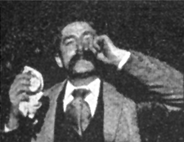
Bonus – Transferred Prints
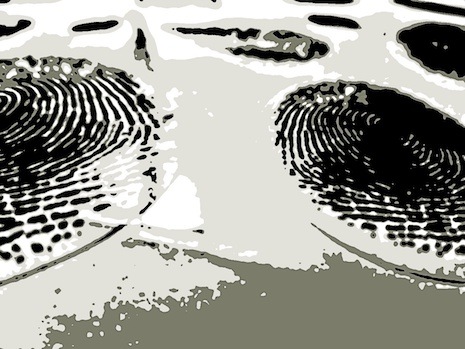
Do NOT write a transferred fingerprint scene without first giving it a ton of serious thought. Here’s why:
Yes, it is indeed possible to transfer a fingerprint, even accidentally. However, a skilled examiner should be able to spot duplicates since they tend to appear very thin and thready. Also, the background area surrounding the “new” print may not match the surface of the place where the transferred print was left. Background pattern(s) transfer along with the print.
Here’s where writers often make their mistakes when setting up characters to “take a fall” for another character. Transferred prints are mirror/reverse images and would be easily recognized by a skilled examiner. It’s possible, though, that an inexperienced print examiner, one who’s new to the field, may not catch it right away. But that scenario is highly doubtful.

BIG, BIG, BIG Writers’ Police Academy news is on the way. The 2019 WPA is a special event, one unlike anything we’ve presented in the past. And when I say special, I mean it’s over the top S.P.E.C.I.A.L.! I am so pleased and thrilled to present such an exciting opportunity for writers. This has never been done before, not ever!
For now, though, I’d like to share the dates and the location so you can make plans to attend. Please keep in mind that due to the nature and location of this unique program space/slots are limited. We’ll soon begin to announce more specific details but, for now …
Date – August 1-4, 2019
Location – Raleigh, N.C.

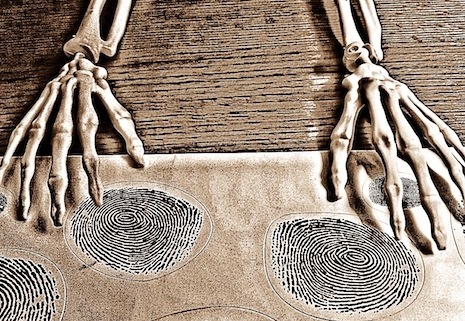


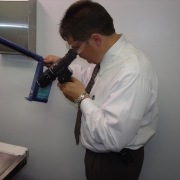
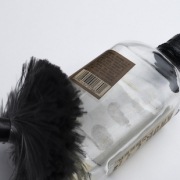
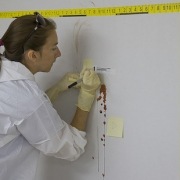

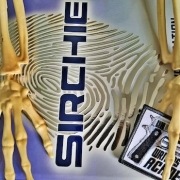
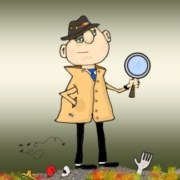




So, back to NC in 2019? I’m going to try to make this one.
Yes, we’ll be in Raleigh for a super-special event.
Another terrific post, Lee! Here’s another one. A good friend of mine, a police officer, told me this story. On his first case, he worked a convenience store holdup. The detective told him to bag a candy wrapper the clerk had pointed out the suspect had grabbed and discarded the wrapper. He did as told… but screwed up. Instead of properly using a paper bag he used a plastic baggie. The perp got off when they tried to get prints off of it but moisture had corrupted the prints. He nearly got fired for that one–he told me he’d missed that day in class! A valuable lesson and he went on to a terrific career.
One other thing I keep seeing over and over and over again. Just saw it this week again in a novel by a brand name writer. I know you’ve mentioned it also, plenty of times. I’m referring to novels in which a character smells cordite. I’ve got a file I keep of writers who do that and it’s over twenty names and many of them are prominent bestsellers. If their characters smelled cordite then they’ve got extraordinary smellers, as cordite hasn’t been manufactured since right after the end of WWII and when it was manufactured it was by British manufacturers for British ammunition. Sorry, but the instant I see another character who sniffs cordite, I can’t buy anything else in the book. This is either a lazy writer who doesn’t do research or… it’s a lazy writer who doesn’t do research…